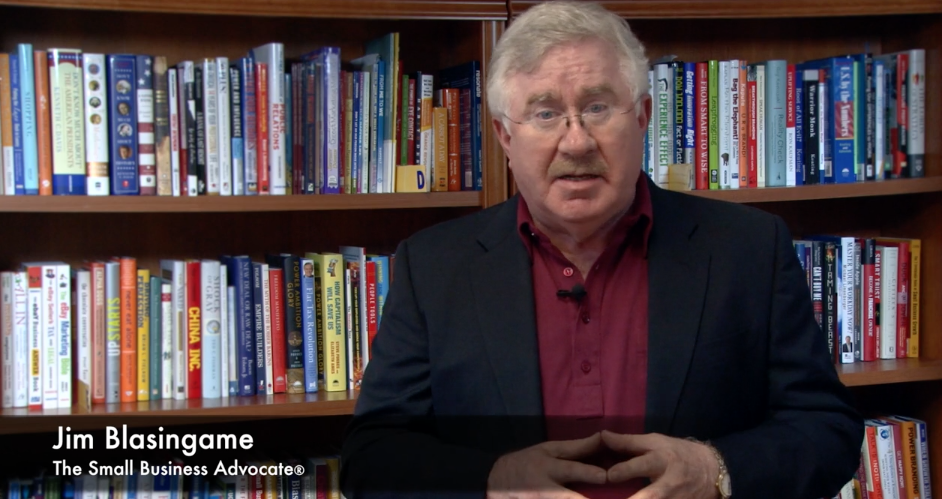In case you haven’t heard, the seven billionth Earthling was born recently.
For the global marketplace, seven billion prospects are exciting. But for growing American small businesses, 96% of those folks live outside the U.S.
Once, small business growth meant expanding to the next county. But in the 21st century, shifts in technologies and demographics have made expanding outside America’s four-walls increasingly compelling. But it has also produced three elemental global business questions: Who are my prospects, how do I connect with them and how do I get paid? Let’s focus on the “Who” first, with these global stats from National Geographic (January 2011), plus my editorializing.
 Nineteen percent of Earthlings are Chinese, 17% are Indian and 4% are American. By 2030, the first two will invert.
Nineteen percent of Earthlings are Chinese, 17% are Indian and 4% are American. By 2030, the first two will invert.- By gender, males barely edge out females: 1.01 to 1.0. But my demographic experts report wide swings in median age among countries, which must factor in any export strategy.
- In a historical shift, just over half of Earthlings are now urbanites. Remember, city folk use different stuff than their country cousins.
- Here are global workplace profiles: 40% of us work in services, 38% in agriculture and 22% in industry. This means different things to different industries, but it means something to all businesses.
- English is the international language of business, but is the first language of only 5% of global prospects. When doing business outside the U.S., be culturally sensitive and patient with the translation process.
- Breaking news: 82% of your global prospects are literate. If you can read and write you can improve your life, which explains the growth of the middle class in emerging markets. A growing global middle class means more affluent consumers.
- Computers are luxuries for most Earthlings. But cell phone usage is exploding across the globe and billions who never owned a PC, or used the Internet, will soon do both with a smart phone. Two words, Benjamin: global mobile.
Even though India and China are much in the news, American small businesses should consider export opportunities in our own hemisphere first, especially where trade agreements are in place, like Canada, Mexico, Panama, Colombia and Chile.
In the next article we’ll address the other two elemental questions: How to connect with global prospects and how to get paid.
Write this on a rock… Consider business growth outside of America’s four walls.













